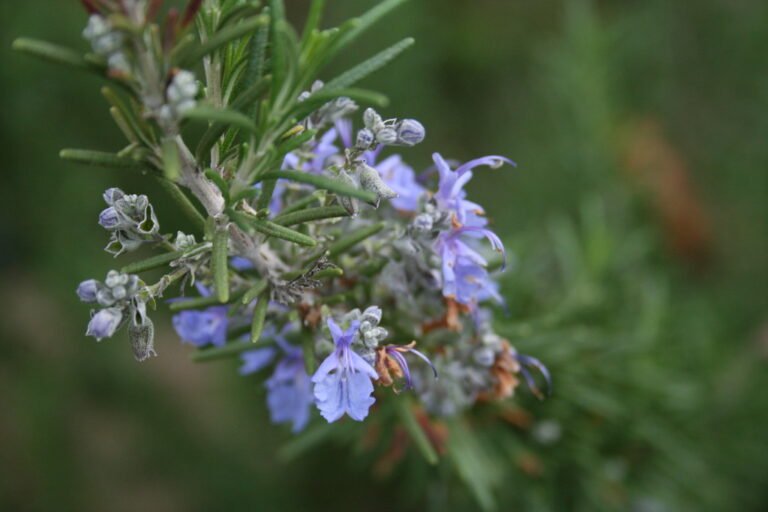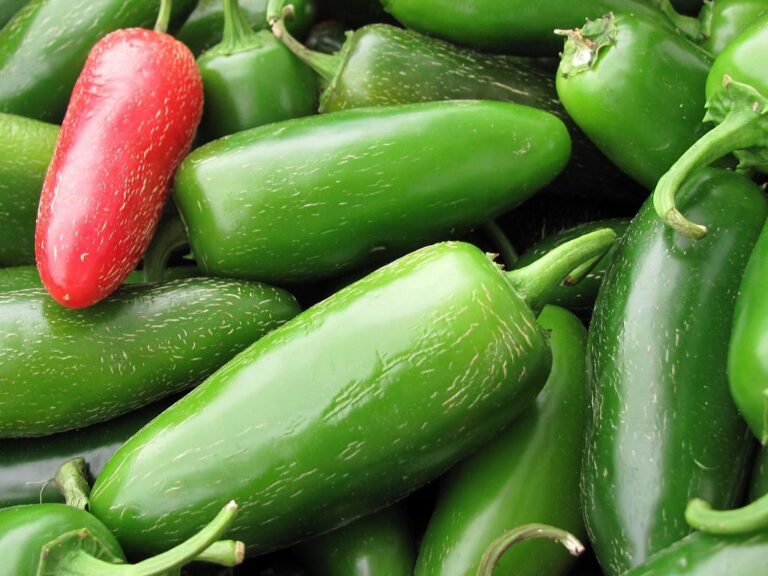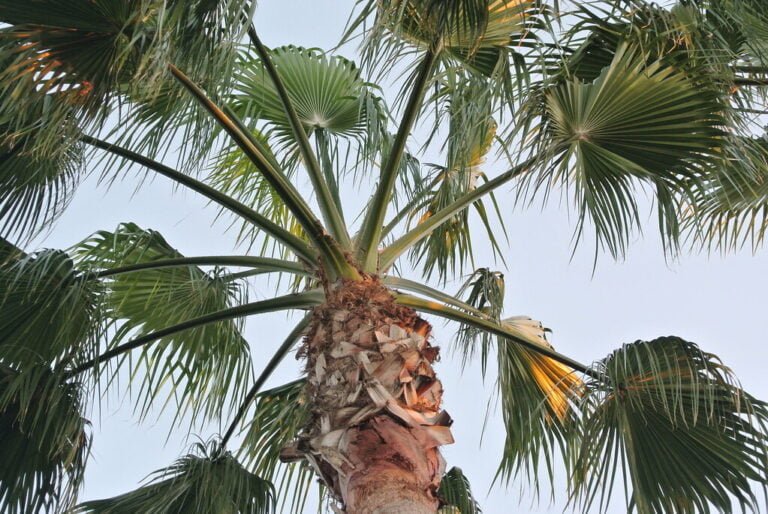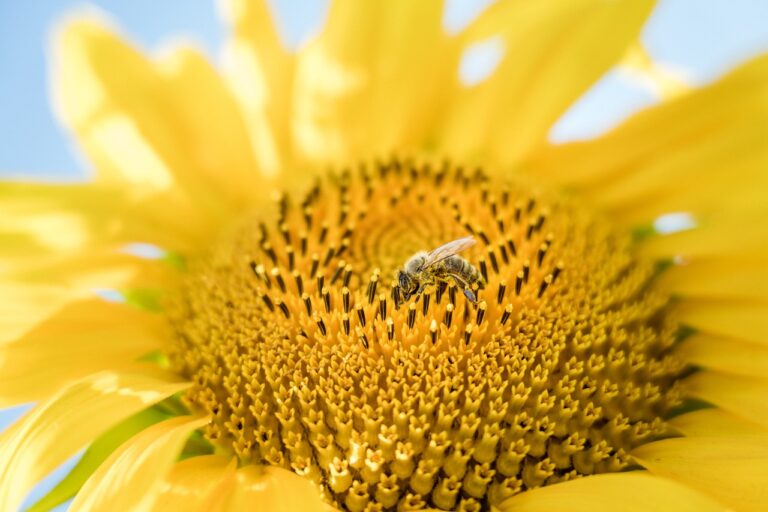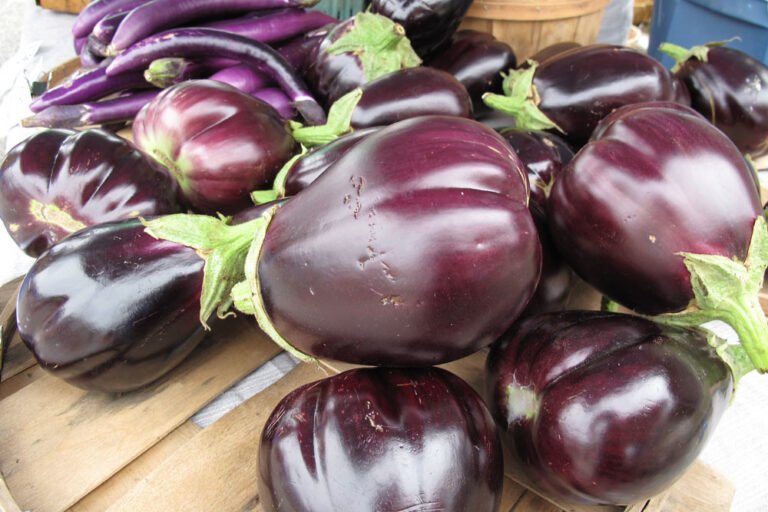The Growth Timeline of a Strawberry
Are you curious about the journey of a strawberry, from its humble beginnings as a tiny seed to its luscious, ripe form? Well, get ready to embark on a delicious adventure! In this article, we will guide you through the growth timeline of a strawberry. You will witness the germination of the seed, the development of leaves, the formation of flower buds, and the magical process of pollination. So, grab your gardening gloves and let's dive into the world of strawberries together!
Germination
To begin the process of germination, you will need to provide the strawberry seeds with the necessary conditions for growth. Begin by selecting a well-draining soil mix, rich in organic matter, and fill a tray or pot with it. Moisten the soil with water until it is evenly damp but not soaking wet. Next, scatter the strawberry seeds evenly over the soil surface, ensuring they are not too close together. Gently press the seeds into the soil, making sure they are in contact with the moist soil. Cover the tray or pot with a clear plastic wrap to create a greenhouse effect, trapping moisture and warmth. Place the tray or pot in a warm location, with temperatures around 70-75°F (21-24°C). Remember to check the soil moisture regularly and mist it with water if it starts to dry out. Within 1-2 weeks, you should start to see the first signs of germination, with tiny green shoots breaking through the soil.
Seedling Stage
After germination, the strawberry seeds will begin their journey as seedlings, growing into small plants with their own distinct characteristics. As a diligent gardener, you understand the importance of nurturing these young plants during their seedling stage. The seedlings will develop their first set of true leaves, which are different from the initial cotyledons. These true leaves will provide the necessary energy for the seedlings to continue their growth. You will notice that the seedlings are now more robust, with stronger stems and roots. They will start to develop a deeper green color, indicating their increased chlorophyll production. At this stage, it is crucial to provide the seedlings with adequate sunlight, water, and nutrients to ensure their healthy growth. With your care and attention, these seedlings will flourish into beautiful strawberry plants, ready to bear delicious fruits.
Leaf Development
During the leaf development stage, you'll observe the growth and maturation of the strawberry plant's foliage. As the plant matures, it will produce leaves that are vibrant green in color and have a distinct shape. The leaves will start off small and gradually increase in size as they unfold. You may notice that the leaves have serrated edges, which helps to maximize their surface area for optimum photosynthesis. The veins on the leaves will also become more prominent, serving as channels for nutrients and water to travel throughout the plant. It is important to keep the leaves healthy and free from diseases or pests, as they play a crucial role in producing energy for the plant and supporting fruit development. Regularly inspecting the leaves and promptly addressing any issues will ensure the overall health and productivity of your strawberry plant.
Flower Bud Formation
As a strawberry plant continues to grow, you will notice the formation of flower buds. These buds are a sign that your plant is entering the next phase of its growth cycle. Flower bud formation typically occurs in the spring, when the weather becomes warmer and the days start to lengthen. The bud development process begins with the differentiation of the plant's meristem cells, which are responsible for the growth and development of new tissues. As the bud develops, you will see small, green structures emerge from the tips of the plant's branches. These structures will gradually grow and mature, eventually opening up to reveal the beautiful white or pink flowers that will later turn into juicy, delicious strawberries. It is important to provide adequate care and attention to your plants during this phase, ensuring they receive sufficient sunlight, water, and nutrients to support healthy bud development.
Pollination
To ensure successful pollination, you need to actively encourage the transfer of pollen from the male parts of the flower to the female parts. Pollination is a crucial step in the growth timeline of a strawberry. The process starts when bees and other pollinating insects are attracted to the bright, colorful flowers. As they land on the flower, the pollen from the male stamens sticks to their bodies. They then move on to other flowers, unknowingly transferring the pollen to the female pistils. This transfer of pollen is essential for the fertilization of the flower, resulting in the formation of seeds. Without pollination, strawberries would not develop. To support pollination, you can create an inviting environment for pollinators by planting flowers nearby and avoiding the use of pesticides that could harm them.
Fruit Formation
After successful pollination, the strawberry plant begins the process of fruit formation. At this stage, the plant is focused on developing the tiny green berries into juicy, red fruits that we all love. As the days go by, you will notice the berries growing larger and changing color. This is a sign that the fruit is maturing and becoming ripe for picking. The plant works tirelessly to provide you with sweet and delicious strawberries, so it's important to ensure they receive the care they need. Make sure to water them regularly, provide enough sunlight, and protect them from pests. By doing so, you are not only helping the strawberries reach their full potential but also ensuring a bountiful harvest for yourself and others to enjoy.
Ripening Process
Once pollination is successful, the strawberry plant enters the ripening process, where the tiny green berries transform into juicy, red fruits that you can soon enjoy. As a strawberry farmer, you know that the ripening process is crucial for delivering the sweetest and most flavorful strawberries to your customers. It is during this time that the berries undergo significant changes both in appearance and taste. The green color starts to fade, giving way to vibrant shades of red. The texture becomes softer, and the berries become plump and juicy. As the strawberries ripen, their sugar content increases, resulting in a sweeter flavor. You carefully monitor the ripening process, ensuring that each berry is picked at its peak of ripeness, ready to be savored by those who appreciate the delightful taste of freshly picked strawberries.
Harvesting Time
During the harvesting time of a strawberry, you'll need to carefully pick the ripe fruits from the plant. Look closely at each strawberry and assess its color and texture. Ripe strawberries will have a vibrant red color, indicating their sweetness and juiciness. Gently hold the stem of the strawberry between your thumb and index finger, making sure not to squeeze it too tightly. Apply a gentle tug, and if the fruit easily detaches from the plant, it's ready to be picked. Avoid pulling on unripe strawberries as they won't have the same flavor and texture. Take your time and pick each strawberry individually, ensuring you don't damage the delicate fruits. Place them gently into your basket, taking care not to overcrowd or crush them. Harvesting strawberries can be a rewarding experience, especially when you handle them with care and precision.
Plant Regeneration
To ensure the continuous growth and productivity of your strawberry plants, it's important to understand the process of plant regeneration. When your strawberry plants reach the end of their growing season, they begin to enter a dormant phase. During this time, they conserve energy and prepare for the upcoming growing season. As the weather warms and daylight hours increase, your strawberry plants will start to awaken from their dormancy. This is when plant regeneration occurs. New leaves and shoots will emerge from the crown of the plant, signaling the beginning of a new growth cycle. It's crucial to provide your plants with the necessary nutrients, water, and sunlight during this period to support their regeneration. With proper care and attention, your strawberry plants will continue to thrive and produce delicious fruits year after year.
Winter Dormancy
As your strawberry plants enter the winter season, they go into a period of dormancy where they conserve energy and prepare for the next growing season. During this time, the plants stop growing and their leaves may turn brown or fall off. It is important to remember that this is a natural and necessary process for the strawberry plants. They use this time to rest and rebuild their strength for the following year. While the plants may appear dormant on the surface, there is still activity happening beneath the soil. The roots continue to grow and expand, anchoring the plants and absorbing nutrients for future growth. It is crucial to provide proper care during this period, such as mulching to protect the plants from extreme cold and providing adequate moisture. By understanding and supporting the winter dormancy of your strawberry plants, you are ensuring their health and productivity in the coming growing season.
Conclusion
After carefully tending to your strawberry plant throughout its growth timeline, you will witness the beautiful transformation from a tiny seed to a bountiful harvest. From germination to flower bud formation, each stage requires patience and care. Ensuring proper pollination and providing the necessary conditions for ripening will reward you with plump, juicy strawberries. Don't forget to savor the sweet taste of success as you enjoy the fruits of your labor. Remember, the cycle will continue as your plant regenerates and enters its winter dormancy.


